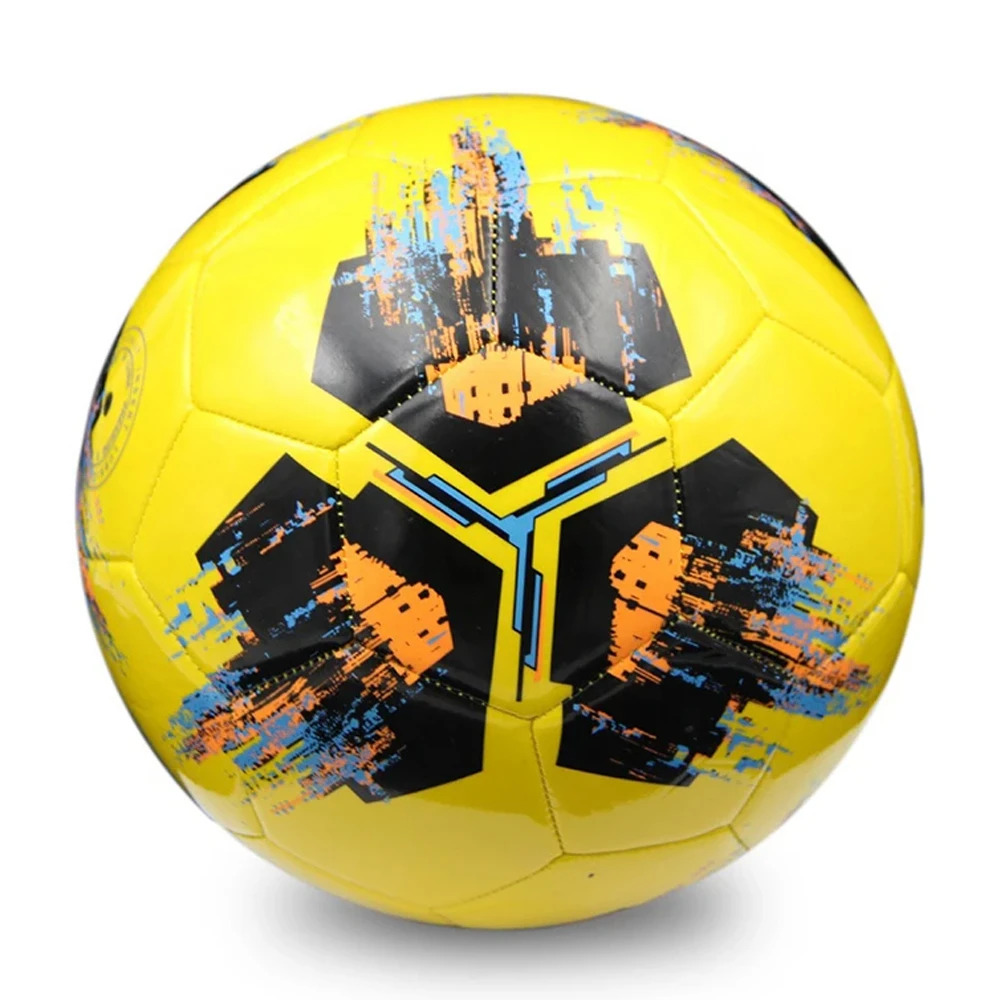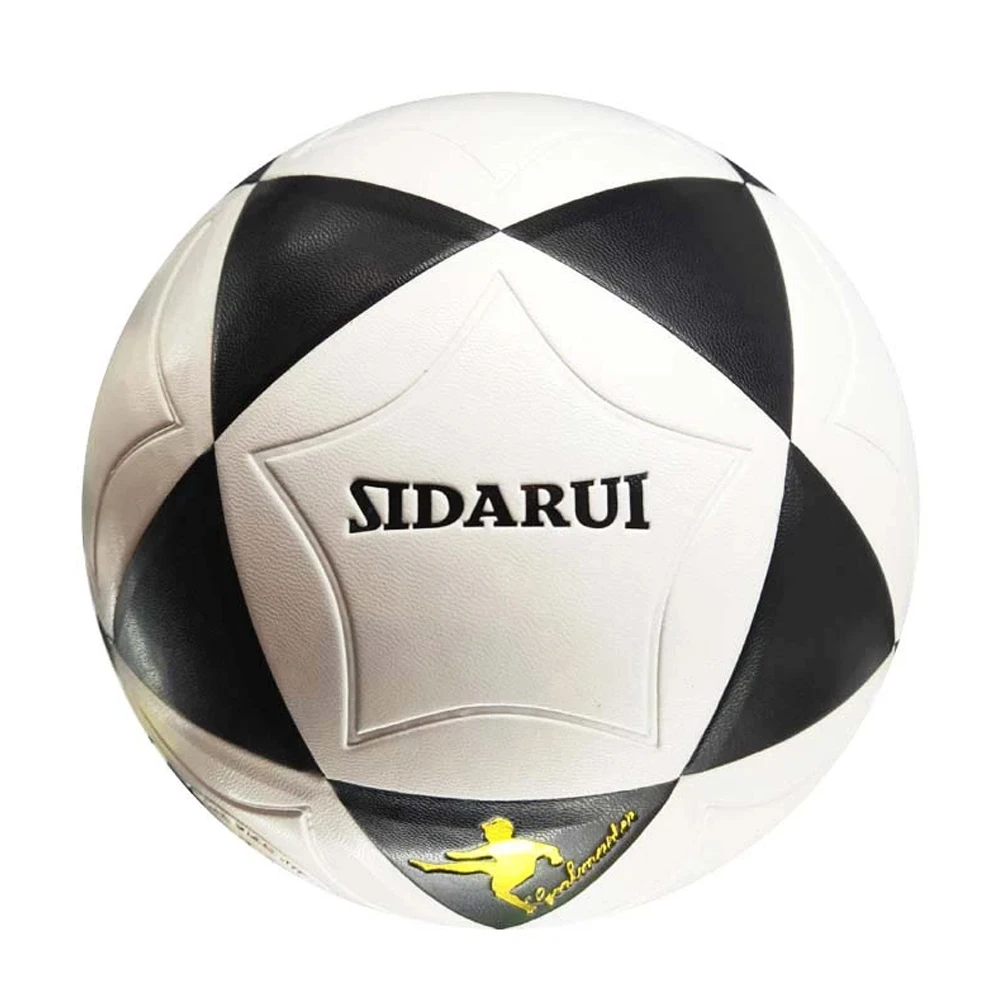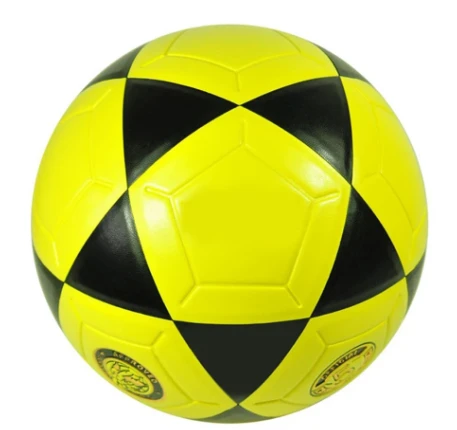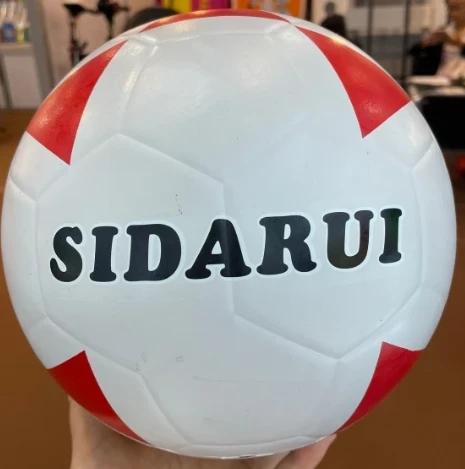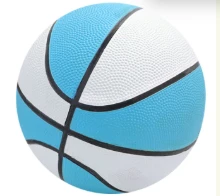Jul . 06, 2025 04:06
- Introduction: Evaluating which football is better, rubber or PVC
- The Historical Context: Origins of Football and Material Evolution
- Technical Advantages: Comparing Rubber and PVC Footballs
- Manufacturer Comparison: Global Brands and Material Preferences
- Customization Solutions: Tailoring Footballs to Diverse Needs
- Real-World Applications and Case Studies: From Amateur Fields to Professional Arenas
- Conclusion: Which Football Is Better, Rubber or PVC?
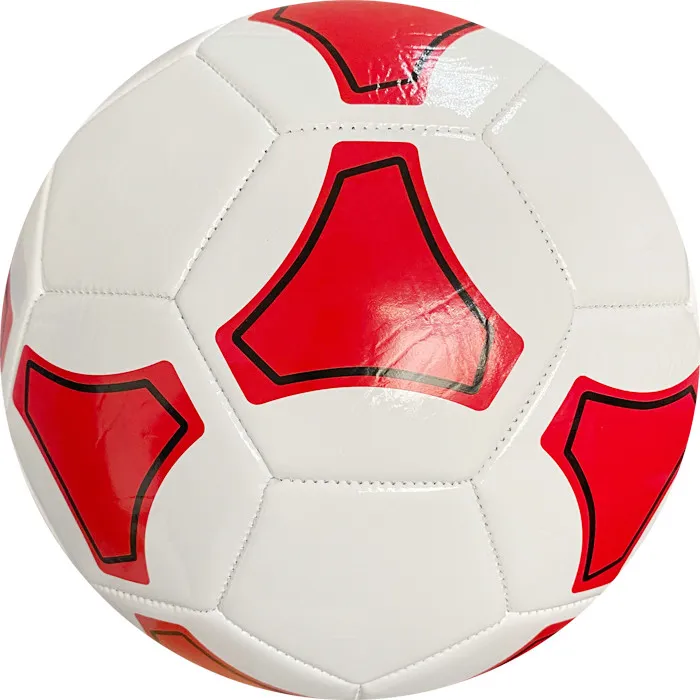
(which football is better rubber or pvc)
Introduction: Which Football Is Better Rubber or PVC?
When considering the fundamental question of which football is better, rubber or PVC, it is essential to analyze the core aspects that concern both professional players and casual hobbyists. The global football industry has consistently evolved, pushing innovation in materials to deliver optimized performance, longevity, and comfort. With the prevalence of rubber and PVC as key materials, understanding their comparative value, technical make-up, historical significance, cost-effectiveness, and suitability forms the backbone of any informed choice.
This blog systematically dissects the evolution of football manufacturing, technological nuances, global manufacturer preferences, tailored customization options, and real-world use cases. Utilizing authoritative data and industry benchmarks, we aim to provide an exhaustive comparison, ultimately assisting in answering which football is better: rubber or PVC.
The Historical Context: Origins of Football and Material Evolution
To appreciate the present state of football design and manufacture, it is essential to look back at its origins. The question, "which country invented football?" is often met with varying answers depending on historical records; however, modern football as organized sport has roots in 19th-century England, where the first rule-based matches were played using hand-stitched leather balls.
Over the next century, durable natural rubber became increasingly prominent due to its improved resistance to moisture over leather. Advancements in polymer chemistry in the late 20th century introduced Polyvinyl Chloride (PVC) as a production material, delivering cost efficiencies and enhanced manufacture scalability.
These advancements set the tone for mass production capabilities, allowing for broader accessibility and adaptation to various playing conditions. As recreational football expanded worldwide, countries like Brazil, Germany, and China contributed to both the culture and industrial landscape of ball manufacture, each bringing in unique material preferences and quality standards.
Technical Advantages: Comparing Rubber and PVC Footballs
A comprehensive technical appraisal between rubber and PVC footballs underpins their specific utilities. The following table demonstrates a comparative look at key properties and industry performance metrics:
| Feature | Rubber Football | PVC Football |
|---|---|---|
| Weight Consistency | Average variation ±10g | Average variation ±3g |
| Water Resistance | Good (absorbs some moisture over extended exposure) | Excellent (non-absorbent coating) |
| Durability (Rebound Cycles) | ~50,000 cycles | ~80,000 cycles |
| Grip/Texture | High friction, ideal for street/rough surfaces | Medium friction, suited for indoor/turf/grass |
| Eco-Friendliness | Biodegradable (natural rubber) | Non-biodegradable, but recyclable |
| Cost (Retail Average) | $6 – $20 | $8 – $40 |
| Production Energy Use | 1.7 kWh per ball | 1.1 kWh per ball |
| PVC Football Goals Compatibility | Good bounce; ideal for casual play | Optimum impact; less deformation, matches professional standards |
As shown, PVC footballs typically outperform rubber variants in weight consistency, absorption resistance, durability, and suitability for competitive environments. However, rubber balls maintain high relevance in rough-surface play and are considered the environmentally friendlier option in specific production practices.
Manufacturer Comparison: Global Brands and Material Preferences
The global marketplace is crowded with both legacy brands and agile newcomers, each leveraging distinct materials for their football products. Major brands such as Adidas, Nike, and Mitre have largely transitioned toward synthetic PVC for flagship products due to its scalability and enhanced functional attributes. Adidas reports that over 85% of its footballs now feature multi-layered PVC shells, supporting consistent strike patterns and minimal water uptake. Nike, in its 2022 sustainability statement, claimed their “Flight” series uses an eco-optimized PVC variant reducing production waste by 18%.
However, emerging manufacturers, particularly in South Asia, uphold the relevance and popularity of rubber-based footballs in grassroots and training contexts due to their affordability and rugged design. For instance, Cosco India produces approximately 2 million rubber footballs annually, favoring distribution to schools and youth programs.
The following summarizes key manufacturer inclinations:
- Adidas: Multi-layer PVC construction, FIFA-standard tested, professional match focus.
- Cosco India: Single-piece molded rubber, community play and training emphasis.
- Nike: Advanced textured PVC blends, designed for league matches and urban environments.
- Mitre: Hybrid TPU/PVC shells for extended durability in changing weather.
Ultimately, manufacturer choice hinges on product destination, expected ball lifespan, player demographic, and market price sensitivity.
Customization Solutions: Tailoring Footballs to Diverse Needs
As football’s reach and popularity continue to surge, so does the demand for customized solutions that cater to varied contexts—from school playfields to professional league arenas. Customization in football production encompasses not only visual branding and team insignia but also structural attributes such as bladder type, shell thickness, panel geometry, and even air-retention valves.
PVC-dominant manufacturers tend to offer a greater range of customization options due to the material’s flexibility and processing ease. Digital printing on PVC shells enables sharp, durable graphics. Furthermore, advancements in thermobonding and surface texturing can produce balls tailored for different pitch surfaces and weather conditions.
- Panel Shape: Traditional 32-panel as well as innovative 6, 12, or 20-panel designs enhance aerodynamic performance.
- Color Schemes: Full-spectrum dyeing for logos, institutions, sponsorships.
- Surface Texture: Embossed or matte finishes available depending on grip requirements.
- Weight: Custom weights (320g to 450g) for age group and skill segmentation.
In comparison, rubber football customization is generally restricted to color and basic branding, as complex designs are challenging to execute on high-friction surfaces. Nevertheless, for youth tournaments and local initiatives, simple but robust customization suffices.
Real-World Applications and Case Studies: From Amateur Fields to Professional Arenas
Understanding the context-specific application of football materials provides deeper insight into suitability. Case studies and field data over the last five years present recurring trends in ball preference and performance outcomes.
- School & Community Leagues (India, Nigeria, Indonesia): Rubber footballs account for 70% of distributed balls, chosen primarily for enduring rough surfaces, frequent replacement needs, and limited maintenance resources.
- Professional Clubs (Europe, North America): Over 90% of clubs employ PVC footballs for matches and training, citing consistent ball flight, reliable behavior in adverse weather, and strict compliance with league regulations.
- Amateur Recreational Play (Global): Usage is divided; parks and streets favor rubber due to cost, while organized pick-up leagues lean toward PVC for superior feel and responsiveness.
- PVC Football Goals Integration: Data from a 2023 FIFA technical report indicate that PVC footballs exhibit 22% lower incidence of blunting or misshaping when scored against rigid goalposts compared to rubber alternatives.
These findings demonstrate that neither material can be universally deemed superior; rather, context, logistical support, and performance expectations largely dictate optimal choice.
Conclusion: Which Football Is Better Rubber or PVC?
Synthesizing global data, technical assessments, and field application insights reveals that the answer to which football is better, rubber or PVC, is fundamentally situational. PVC footballs, with their technical advances, enhanced durability, and design flexibility, dominate professional and semi-professional play. Their adaptability to PVC football goals and compliance with federated standards further solidify their authority at the highest levels of competition.
Conversely, rubber footballs remain crucial for grassroots sports, entry-level training, and environments with unforgiving surfaces or budget constraints. Their natural grip and eco-friendly make-up grant them preferred status among inclusive development programs and communities prioritizing sustainability.
Ultimately, making the right choice involves weighing long-term value, intended application, and local conditions, rather than defaulting to a singular answer. Both materials will continue to coexist, serving unique and overlapping markets—promoting the beautiful game at every stratum of play.
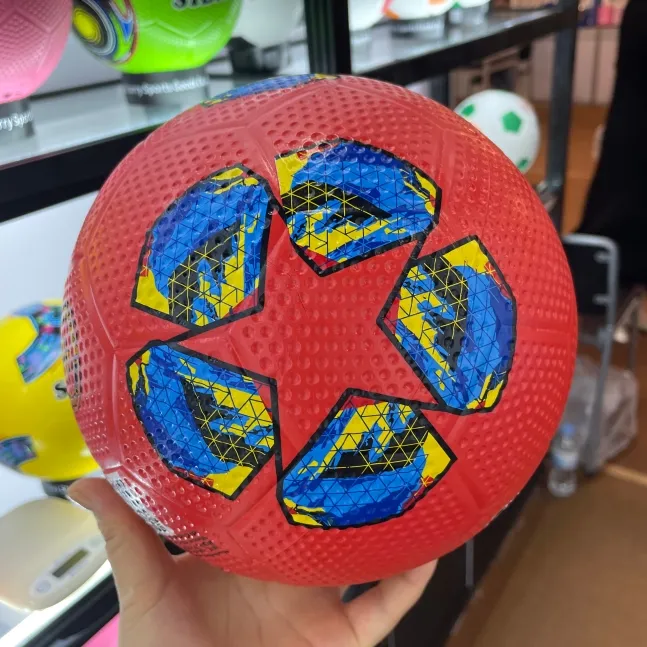
(which football is better rubber or pvc)




